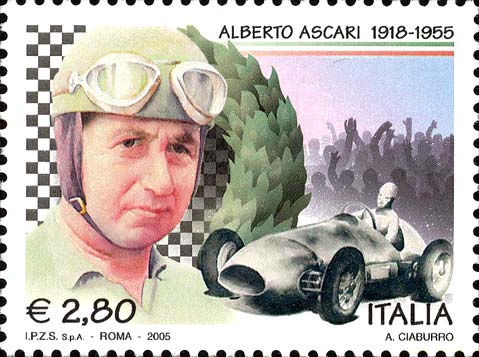
These stamps have an appendix with an advertisement authorized by the broadcaster. Between 1877 and 1891, New Zealand issued a first series of adverts, but the initiative was affected by the controversy.
In France it appeared in 1923 and advertising was on special stripes that could be detached from the rest of the stamp. The initiative did not meet the favor of public opinion that did not admit how a representative organ of the nation could associate itself with the sale of advertising spaces and after some issue the project was abandoned. At present, however, there are reflections on the factual use of memorials as hidden advertising.
In Italy advertising stamps were authorized by the Ministry of Posts in 1924 after the issue of the Royal Decree no. 356 of 08/02/1923, which established that advertising appendices should have been separable from stamps by drilling. This point was not put into effect. The advertisers would have to pay every 5 lire per 1000 and it was mandatory to engage in a minimum quantity of 100 000 copies. The first stamps were released in November 1924. The concession was repealed on 7 July 1925 and after that date stamps remained in progress until exhaustion. This type of stamp was reserved only for direct correspondence within the national territory.
In 1939 Cuba also bought advertising stamps with the intent to propagate the tobacco of Havana and in 1940 El Salvador did the same for the coffee by writing "El cafè de El Salvador es el mejor del mundo" on some values.
